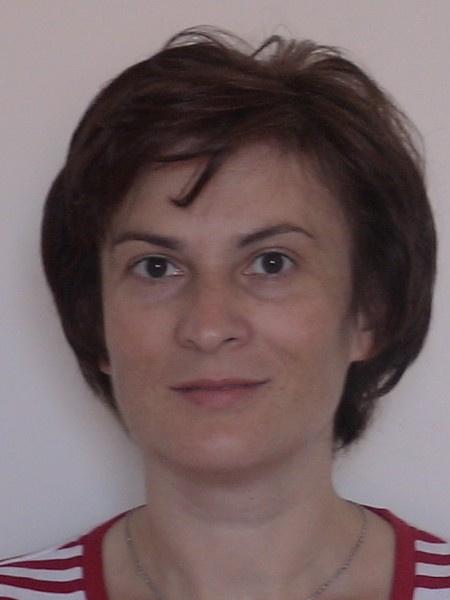resumo
Nanoscale flows of liquids can be revealed in various biological processes and underlie a wide range of nanofluidic applications. Though the integral characteristics of these systems, such as permeability and effective diffusion coefficient, can be measured in experiments, the behaviour of the flows within nanochannels is still a matter of speculation. Herein, we used a combination of quadrupolar solid-state NMR spectroscopy, computer simulation, and dynamic vapour sorption measurements to analyse water diffusion inside peptide nanochannels. We detected a helical water flow coexisting with a conventional axial flow that are independent of each other, immiscible, and associated with diffusion coefficients that may differ up to 3 orders of magnitude. The trajectory of the helical flow is dictated by the screw-like distribution of ionic groups within the channel walls, while its flux is governed by external water vapour pressure. Similar flows may occur in other types of nanochannels containing helicoidally distributed ionic groups and be exploited in various nanofluidic lab-on-a-chip devices. Nanoscale liquid flows are crucial in biological processes and nanofluidic applications but remain theoretically challenging within nanochannels. Authors utilize advanced techniques to uncover independent, immiscible helical, and axial water flows in peptide nanochannels, with implications for nanofluidic devices.
palavras-chave
MOLECULAR-DYNAMICS; BROWNIAN DYNAMICS; ION; TRANSPORT; WETTABILITY; SIMULATIONS; MODELS
categoria
Science & Technology - Other Topics
autores
Zelenovskii, P; Soares, M; Bornes, C; Marin-Montesinos, I; Sardo, M; Kopyl, S; Kholkin, A; Mafra, L; Figueiredo, F
nossos autores
Grupos
G1 - Materiais Porosos e Nanossistemas
G2 - Materiais Fotónicos, Eletrónicos e Magnéticos
G3 - Materiais EletroquÃmicos, Interfaces e Revestimentos
Projectos
CICECO - Aveiro Institute of Materials (UIDB/50011/2020)
CICECO - Aveiro Institute of Materials (UIDP/50011/2020)
Associated Laboratory CICECO-Aveiro Institute of Materials (LA/P/0006/2020)
agradecimentos
This work was developed within the scope of the project CICECO-Aveiro Institute of Materials, UIDB/50011/2020 (DOI 10.54499/UIDB/50011/2020), UIDP/50011/2020 (DOI 10.54499/UIDP/50011/2020), and LA/P/0006/2020 (DOI 10.54499/LA/P/0006/2020), and the project UniRCell (SAICTPAC/0032/2015, POCI-01-0145-FEEDER-016422) financed by national funds through the FCT/MEC (PIDDAC). The NMR spectrometers are part of the National NMR Network (PTNMR) and are partially supported by the Infrastructure Project 022161 (cofinanced by FEDER through COMPETE 2020, POCI and PORL and FCT through PIDDAC). This work has received funding from the European Research Council (ERC) under the European Union's Horizon 2020 research and innovation programme (Grant Agreement 865974), and from Agenda and Resilience Plan (PRR) and the Next Generation European Funds to the University of Aveiro, through the Agenda for Business Innovation "NGS-Next Generation Storage" (Project no. 2, application C05-i01.01/2022). S.K. and A.K. were supported by FCT-Fundacao para a Ciencia e a Tecnologia, I.P., through the project "BioPiezoSensor" (2022.03781.PTDC, DOI 10.54499/2022.03781.PTDC). M.S. is grateful to FCT for her Researcher Position (CEECIND/00056/2020). P.Z. is grateful to the Royal Society of Chemistry for the RSC Research Fund grant (R23-8379659473). Part of this work was funded by national funds (OE), through FCT in the scope of the framework contract foreseen in the numbers 4, 5, and 6 of article 23, of the Decree-Law 57/2016, of 29 August, changed by Law 57/2017, of 19 July. The authors wish to thank Dr. Dmitry Chezganov from the University of Antwerpen for SEM images of the nanotubes and ALPACA computing facility at the University of Aveiro for providing access to computing resources.










